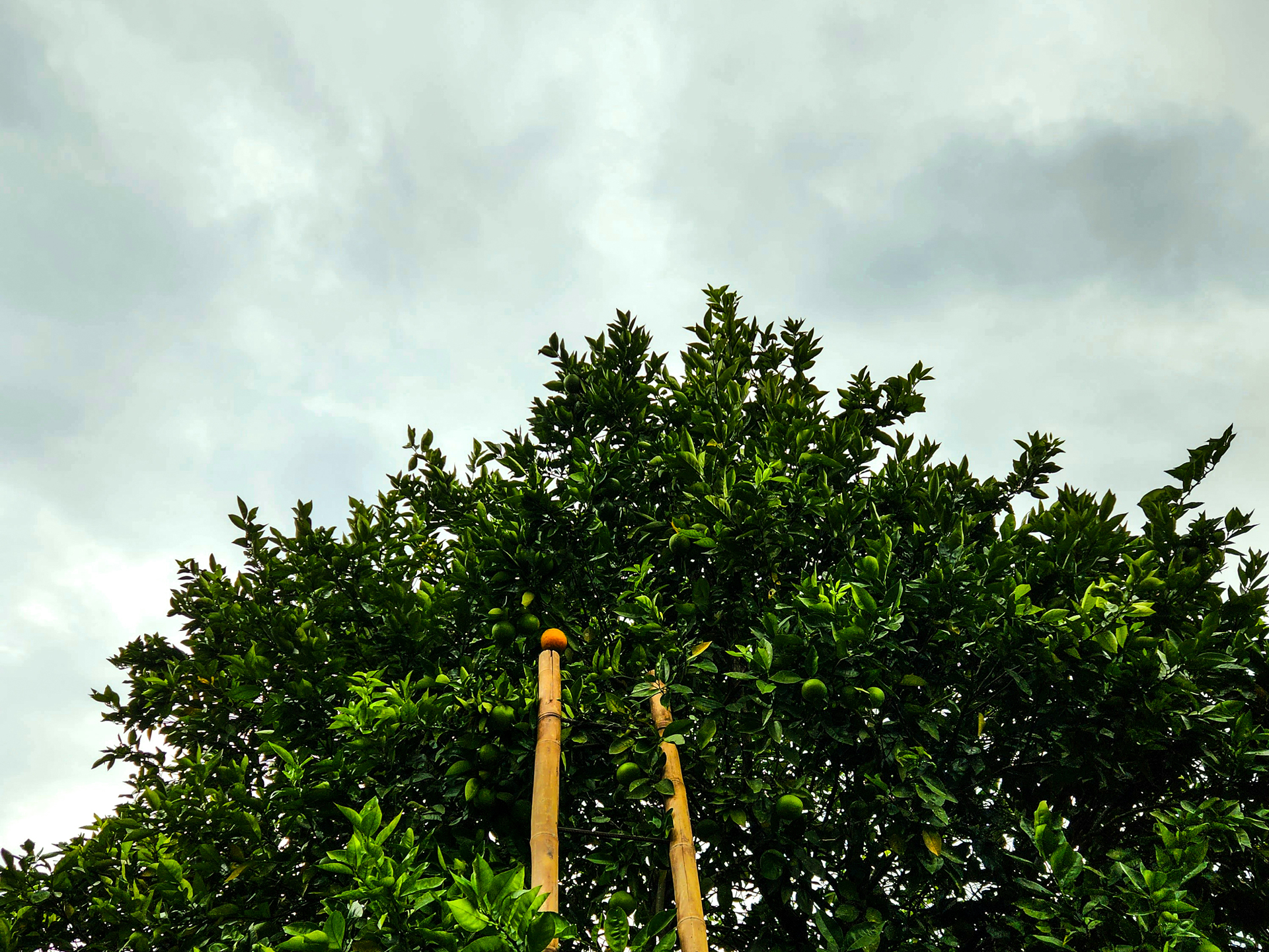
It’s one thing to drive on rough roads, at least terrible roads are predictable. The roads in Colombia ambush you. There are nicely paved sections for miles, then all of a sudden an unavoidable collection of craters show up. You get lulled into a false sense of security. Colombia is pummeling the truck’s engine and suspension. Progress was slow, but views were incredible.
I deviated from the Pan-American route and headed toward Chicamocha Canyon, a dry, steep, cactus-filled landscape. Being on the western side of Colombia turned out to be a stroke of luck, as heavy rains had caused a massive landslide that blocked the traditional route. I continued on through Bogotá and visited the archaeological park in San Agustín, where roughly 600 statues carved from volcanic rock are scattered throughout the hills. That night, I found a farmhouse to stay at. My room overlooked the misty forest and the Magdalena River. The next day, I drove to San Miguel, the last town with fuel and groceries before Ecuador. My room had no windows, only bars. I took a shower and went to bed.
I saw someone walking directly toward my truck. It was a construction worker. He told me the bridge ahead had collapsed due to a mudslide.
I was up early and at the Ecuador border crossing as soon as it opened—another success. The plan for the day was a six-hour drive to Porvenir, Ecuador, a town located near Cotopaxi Volcano. While a six-hour drive might sound long to some, at this point in the trip, it felt like a leisurely stroll. I began climbing the mountain, and after a few turns, it started to rain. The satellite navigation in my Toyota had stopped displaying road maps and was only showing longitude and latitude. That day, the screen read Lat.: S0°0'0". I had crossed into the Southern Hemisphere. I was feeling pretty proud of myself in that moment, but as I turned a corner, I was suddenly faced with a massive excavator blocking the road. Not sure what to do, I started to slowly pass it. Then, out of the corner of my eye, I saw someone waving frantically at me. It was a construction worker. He told me that the next bridge had collapsed during a mudslide.
I pulled up Google Maps to look for another route. The construction worker grabbed my phone, zooming way out to show me the way. He pointed to the town where'd I'd need to turn. I needed to backtrack three hours. What had started as a six-hour journey turned into an exhausting twelve-hour haul. By the time I reached my campsite in Porvenir, the sun had already set. When I got out of the truck, I felt a little lightheaded. It dawned on me, I was at nearly 12,000 feet above sea level.
Despite the unknowns, I continued to opt for the more scenic mountain passes. A few smaller rockfalls and the occasional crumbling road edge didn’t slow me down. I reached a sign that read Puente Cerrado (Bridge Closed). My heart skipped a beat and I brought the truck to a complete stop. I looked around and noticed dusty tire tracks veering off the asphalt. I decided to follow them, leading me down a dirt road that wound through the canyon and eventually reconnected with the highway. The road kept climbing, rising above the clouds. In just one day, I had traveled from snow-capped mountains to the sandy roads of Huaquillas. It was gettign late in the day, so again I started looking for a place to sleep. I found a cheap hotel with gated parking just as a collection of dark storm clouds rolled in. That night, the rain was so intense that it flooded in under my hotel room door.











